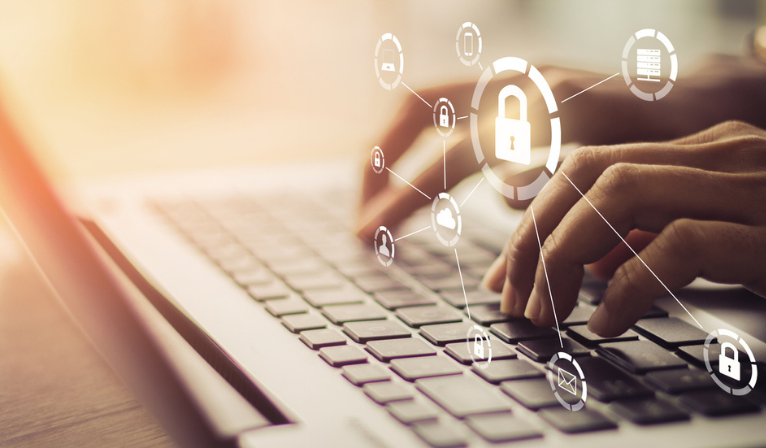You can now set a stronger Internet Banking Password
Changes to our internet banking passwords to improve your online banking security.

As you’d be aware, we’ve been working on upgrading our online banking services to offer greater security and convenience for members.
The next feature we’re making available is the ability for members to set more secure passwords for their internet banking login.
This makes it difficult for others, including scammers, to guess your password, who may use software to ‘guess’ common patterns of numbers.
What can I make my new password?
The 6-digit number password you use during your internet banking login can now be replaced with a new password consisting of 8-39 characters, including a combination of characters from three of the four categories: numbers, uppercase and lowercase letters, and other special characters such as punctuations marks, mathematical and other conventional symbols except for ` ^ & .
Do I need to change my password?
While it’s not mandatory to change your password to a stronger password, we do recommend you utilise stronger passwords across all sites you login to, not just your online banking.
What if I’ve forgotten my password?
Another handy feature of the banking upgrades we’ve released is the ability to reset your internet banking password yourself via Internet Banking. Simply click on ‘Forgot your member number or access code’ from the internet banking login screen.
Protecting your password and PIN/s
It’s important to remember the following tips to help keep your password safe:
- Memorise your pins and passwords, ensuring you destroy any letters you receive with these details
- Don’t share them with anyone including family members or friends
- Don’t write them down, store them on or with devices such as phones and computers, or keep them on one of more articles likely to be lost or stolen simultaneously
- Make them hard to guess – don’t use your DOB, an alphabetical passcode that is a recognisable part of your name anything easily guessed or patterns of numbers
Important: If you don’t follow the terms and conditions of your account, or take reasonable steps to protect your cards, devices or PINs, you may be liable for any unauthorised transactions. This is a guide only. Your liability will be determined according to the e-Payments code. Refer to section 6 of the Electronic Access Facilities and e-Payments Conditions of Use section of our Terms and Conditions document, available on our website.

 1300 13 22 77
1300 13 22 77